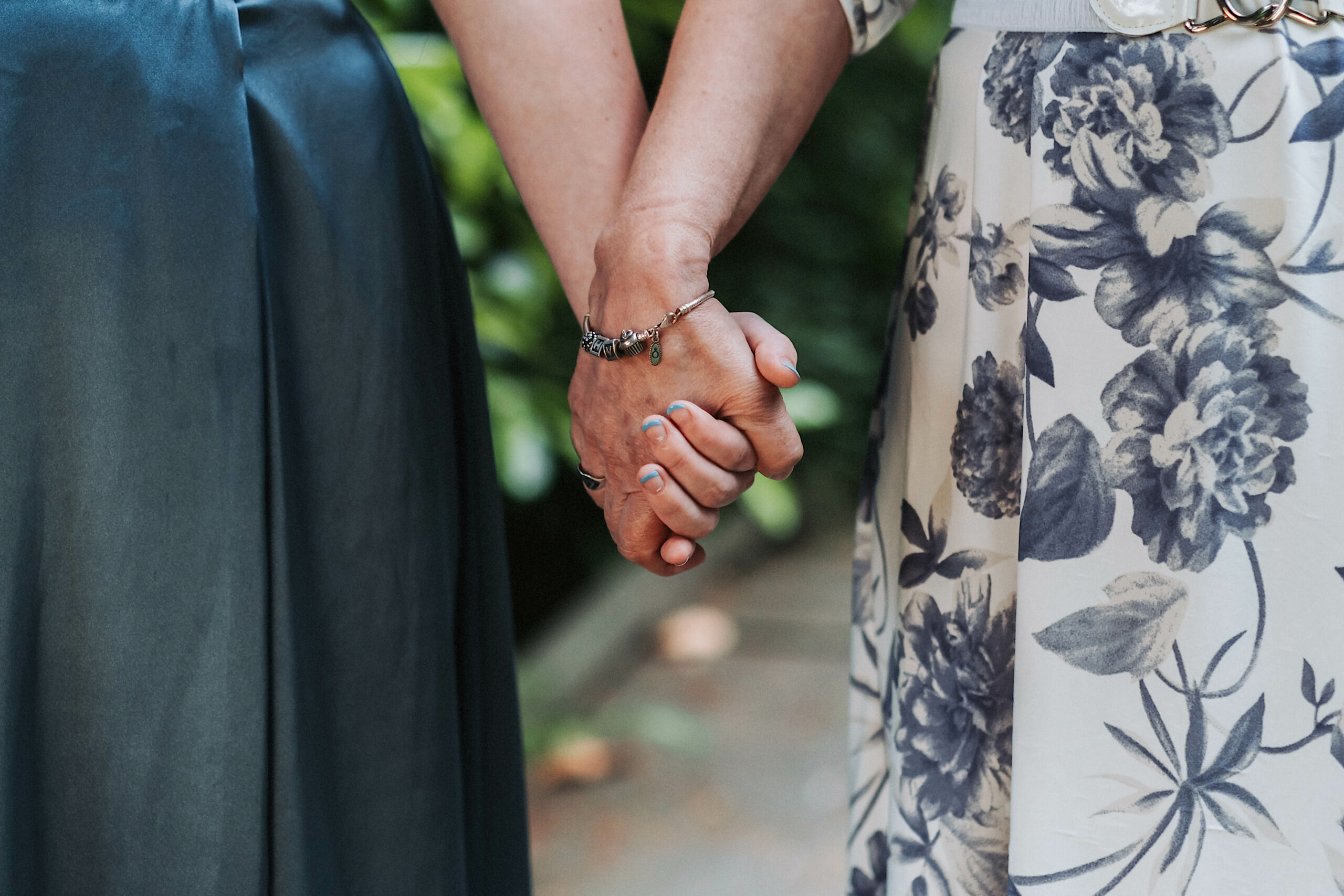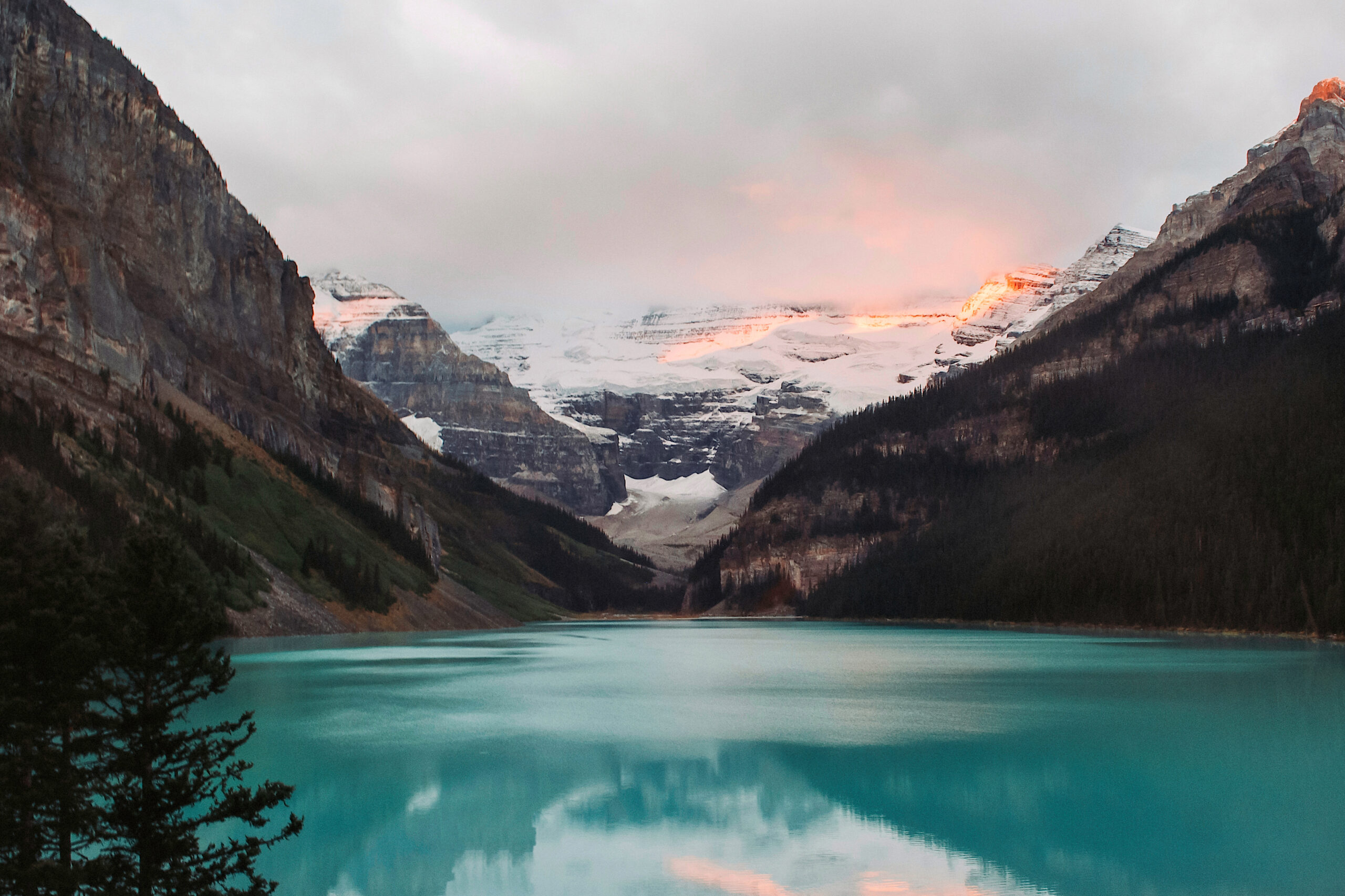The Exposure Triangle: A FREE Cheat Sheet & How to Use It
One of the most basic concepts in photography is called the exposure triangle. It is used at every level of photography and its three components are balanced with each other every time an image is taken. It is a concept that every photographer needs to understand completely.
The photography exposure triangle includes aperture, ISO, and shutter speed, interacting to determine exposure. Adjusting these settings affects depth-of-field, noise, and motion blur. Photographers aim to creatively leverage these effects while balancing the triangle for optimal exposure.
Understanding each of the components that make up the exposure triangle and how they interact with each other will enable you to level up as a photographer. Once you fully understand how changing each component will affect your images, you can start to use the exposure triangle creatively!
What Is the Exposure Triangle?
The exposure triangle is a concept in photography that consists of three camera settings; aperture, ISO, and shutter speed. These settings all interact with each other to set the exposure of images. Changing each element results in different effects on an image; noise, motion blur, and depth-of-field. A photographer’s goal is to use these effects to his/her creative advantage while balancing each element of the exposure triangle for optimal exposure.
An in-depth understanding of the exposure triangle is an incredibly important foundation for every photographer. Working knowledge of this concept is used at every level of photography.
Once you start capturing and editing photos, you need to be able to display them for the world to see. For precisely how to do this, check out my article teaching what a photography portfolio is and how to create one.
What Is Aperture in Photography?

Aperture refers to how wide the opening on your lens is. Think of it like the pupil of your eyes; the wider it is, the more light let in. When you enter a dark room, your pupils dilate (widen) to let more light hit your optical nerve so you can see better. Similarly, if you would like your camera’s sensor to see more light, you can widen your aperture. Tightening, also called raising, your aperture lets less light in, lowering your exposure.
Aperture in photography is generally measured using “f-stops”. This value represents the size of the opening in a camera lens. A smaller f-stop indicates a larger aperture opening while a larger f-stop represents a smaller opening. The exact calculation for the f-stop is the lens focal length divided by the diameter of its aperture. This formula is why interpreting f-stop is counterintuitive. To keep things simple, I’ll break it down clearly.
A smaller f-stop, f/2.8 for example, means a larger aperture opening which allows for more light to enter the camera. A small f-stop is often used in low-light conditions or when a photographer wants a shallower depth of field to isolate his/her subject better.
A larger f-stop, f/16 for example, indicates a smaller aperture opening which lets in less light. Photographers commonly use this in bright conditions or they would like a greater depth of field, keeping more of the scene in focus.
The wider your aperture, the more depth of field your image has. Essentially, the focal plane of your image, the amount of area in focus, gets smaller as your f-stop (f/) does. A lower aperture means a blurrier background, combine this with a longer focal length to add compression, and you can separate your subject from the background.
Ever wonder why everyone is so obsessed with blurred backgrounds? Check out my article explaining why photographers blur backgrounds.
What Is ISO in Photography?

ISO measures the sensitivity of a camera’s sensor to light. A higher ISO value increases sensitivity, helping in low-light environments but may introduce digital noise. Lower ISO values decrease sensitivity, which reduces exposure and can reduce the appearance of noise in images. An easy way of visualizing ISO is as “fake light”. Increasing your ISO adds more “fake light” to your sensor, increasing exposure.
Back when shooting on film was more common, ISO was used to measure the sensitivity to light that your film had, called film speed. Contrary to shooting on a higher ISO roll of film, raising your ISO on digital cameras introduces noise into your images. Film has grain which comes from imperfections in the physical film strip. Noise, on the other hand, comes from the electronic components of your digital camera.
Noise is somewhat comparable to grain as it is, at its core, artifacts added to your image. The key difference is that grain is often seen as desirable while noise is not. This is because grain adds texture to your image without taking away from your image quality. Noise degrades your image quality and is not typically seen as desirable in photography. Often, when photographers edit, they use software to remove noise from their images while also adding grain. One downside to taking away noise using editing software is that it looks artificially smooth and “plasticky”. This is why photographer try their best to avoid noise in their images while shooting.
Your camera’s optimized ISO setting, the point at which it has the least amount of digital noise, is called its “native ISO”. It’s important to note that a camera’s native ISO isn’t the same as its lowest ISO setting, they are two independent values. This means that your camera’s lowest ISO setting may result in more noise than its native ISO even if it’s a higher value. Some cameras feature dual-native ISO values. This means there are two optimal ISO values for the lowest amount of digital noise, generally one lower value and one higher ISO value.
You have heard the term “noise” and that it is bad, but do you understand what exactly it is and what it looks like? Check out my in-depth article explaining what noise is and how to avoid it.
What Is Shutter Speed in Photography?

Shutter speed in photography refers to the amount of time a camera’s shutter is open, allowing light to reach its sensor. It is measured in seconds or fractions of a second. More seconds, or a larger fraction of a second, means the shutter is open longer. A smaller fraction of a second means the shutter is open shorter. The longer a shutter is open, the more an image is subject to motion blur. This occurs when the light hitting a camera’s sensor changes; for example, a subject moving while the shutter is open.
In photography, shutter speed is measured using seconds or fractions of a second. In most scenarios, shutter speed is measured in fractions of a second. When it comes to photography, shutter speed always has a numerator of “1”, the changing variable is the denominator (the bottom number of the fraction). A larger denominator means a faster shutter; less time that the camera’s sensor is exposed to light. This means that a shutter speed of 1/250 is faster than a speed of 1/60.
The lower your denominator is the closer your fraction gets to “1”, which denotes a shutter speed of one second. Longer shutter speeds are measured in whole seconds or decimal values like 2.5. On cameras, a quotation sign is often used to denote a whole second. For example, 1″ denotes a shutter speed of one second and 2.5″ a shutter speed of 2.5 seconds.
The longer your shutter speed, the more potential you have for motion blur in your image. For static compositions like landscape images motion blur is not a concern, and is often used strategically to smooth out moving elements like water. For subjects that move, like people, motion blur needs to be taken into account. Motion blur can be introduced in two ways; a slow shutter speed and moving subjects.
Photographers sometimes use motion blur intentionally to convey movement in their images or to create artistic effects such as light trails on a nighttime highway. In many situations, photographers try and avoid motion blur and prefer sharp photos of their subjects. Event photography, for example, often features candid shots of subjects with no motion blur.
When it comes to motion blur, photographers need to take special care when doing live performance photography. Check out my article giving 19 tips for live photography.
What Should You Set First in the Exposure Triangle?

Balancing the exposure triangle requires a complete understanding of each of its elements and the intention behind the photo you take. You need to understand the effect on your image that changing each of the three settings has. Which setting you change first depends on what your subject is and how you want your composition to look. In general, photographers usually set their ISO last, using it to balance their exposure after getting the aperture and shutter speed.
Many photographers have an upper limit for their ISO in their heads that they will not pass. This limit is found through trial and error and usually represents the point where the photographer determines there is too much noise in the image to be usable.
When balancing the exposure triangle, you first need to ask yourself “What settings do I need to change?”. For example, if you are doing daytime sports photography, you will likely focus on setting your shutter speed at a value that will avoid motion blur in your images.
In this case, I would set my shutter speed at no less than 1/500 of a second. Next, assuming it’s daytime, I would decide if I want a shallow depth of field or more of my image in focus. This determines what aperture I am aiming for. Let’s say I am looking for a shallow depth of field. I would keep my ISO at its lowest value and set my aperture as wide as I can before my image is overexposed.
Often in these types of situations, if I am not particular about a shallow depth of field, I set my camera’s ISO settings to its native ISO rather than its lowest setting. This means my image will have the lowest amount of noise, assuming the image is exposed properly using the aperture and shutter speed settings.
Looking to learn how to edit your photos? Check out my article showing a step-by-step photography editing process.
Jeremy Goh
Jeremy grew up volunteering at church and has also worked in a church setting. Along with working as a freelance creative, Jeremy is studying for a business degree in finance and international business.











